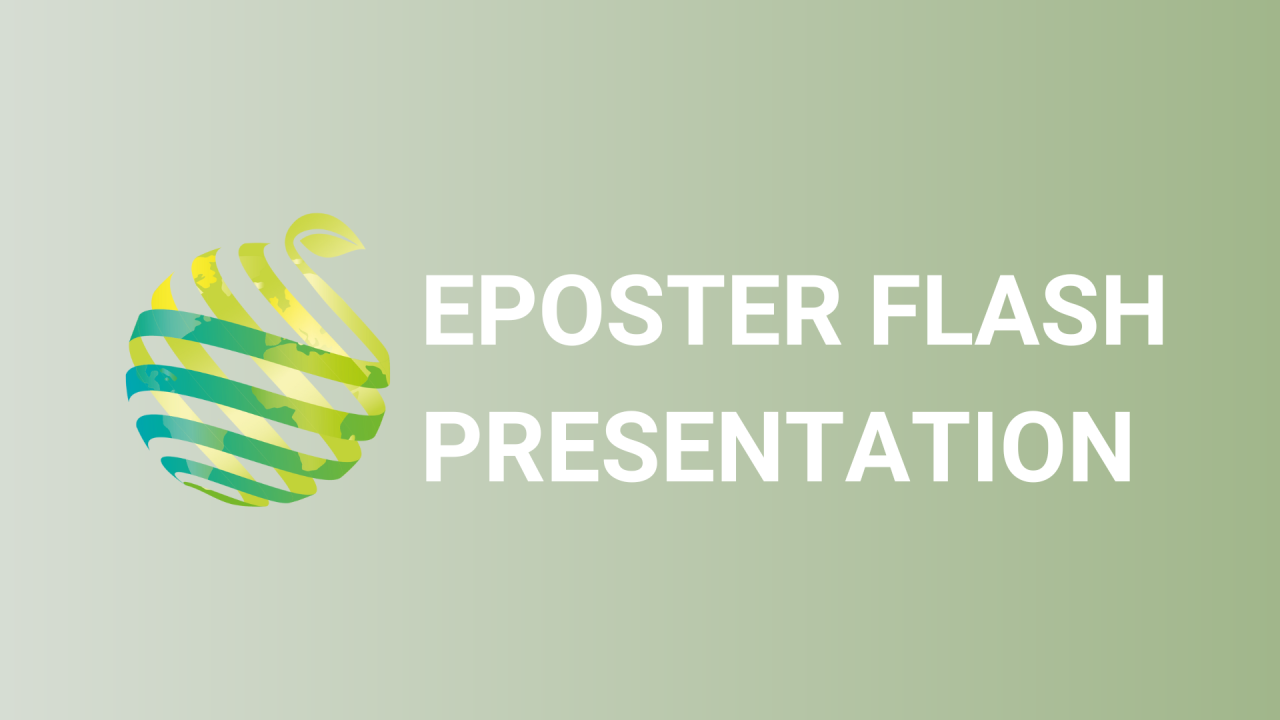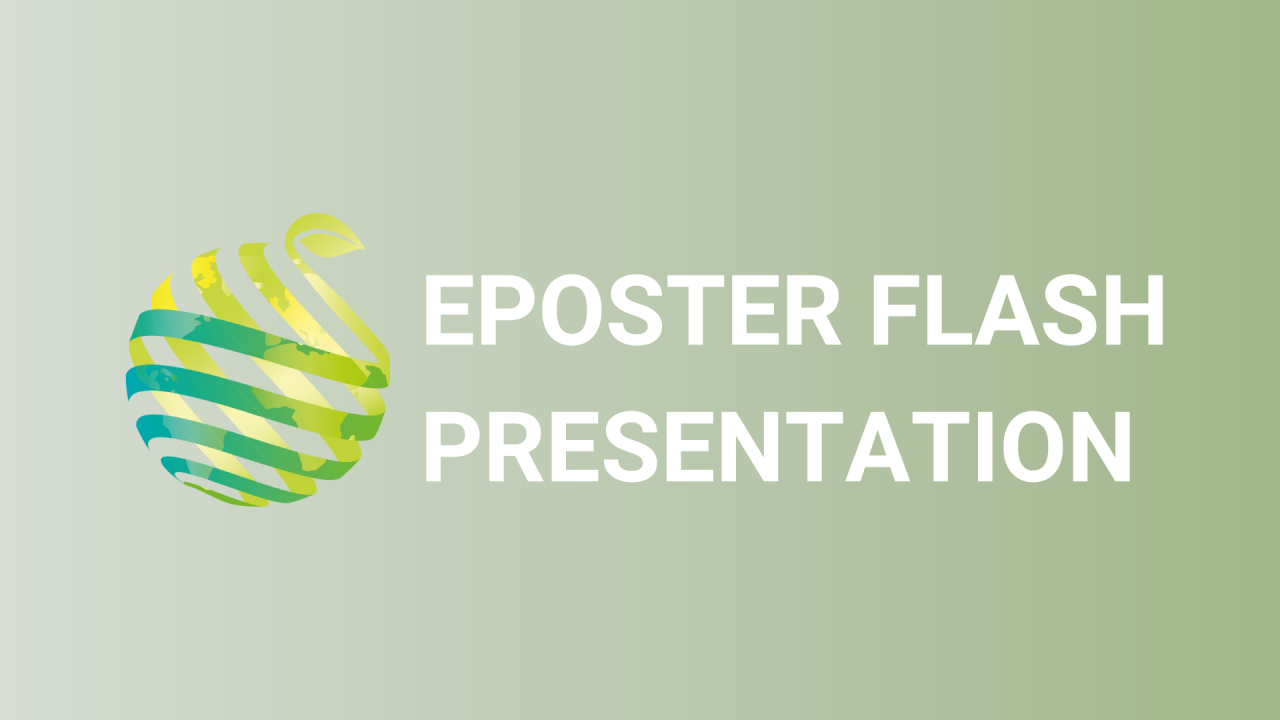

S06 - Session P7 - A virtual tomato plant for optimising assimilation light in greenhouse cultivation
Information
Authors: Jonas Coussement *, Rune Vanbeylen, Kathy Steppe
The use of assimilation light for the cultivation of tomato in greenhouses has become a widespread practice. It allows for an increase in yield as well as year-round production by providing a bridge for the darker winter periods. A large selection of assimilation lights, such as high-pressure sodium lamps or LED lighting, can be used in an even larger variety of different compositions above or within the crop. The customising of modern LED lamps specific for horticulture allows even further finetuning of light recipes specific to the crop. This large degree of flexibility, as well as the constantly changing greenhouse light environment during the growing season, begs the question of which assimilation light selection and composition is ideal when balancing yield, investment and energy costs. Such a question warrants a dedicated understanding of the plant-light interactions at a truly 3-dimensional level, as not all possible scenarios can feasibly be tested physically. For this purpose, a functional-structural plant model for tomato was developed, which accurately describes the 3D structure of a tomato crop alongside its leaf spectral characteristics, including a mechanistic photosynthesis model. The structure of the greenhouse and the physical and wavelength distributions of HPS, LED, and sunlight were also incorporated. The resulting model is truly a customizable tool for virtually evaluating the potential effectiveness of assimilation light in terms of yield and energy efficiency in limitless user-defined compositions. Within this study, various scenarios of assimilation light compositions were theoretically evaluated for their cost-effective yield contributions under various levels of natural sunlight. In a next step, the model could be used to search for potentially optimal light compositions. Such theoretically optimal compositions could greatly speed up the manual experimental search for the optimal light composition and recipe for tomato growth in specific growth settings.